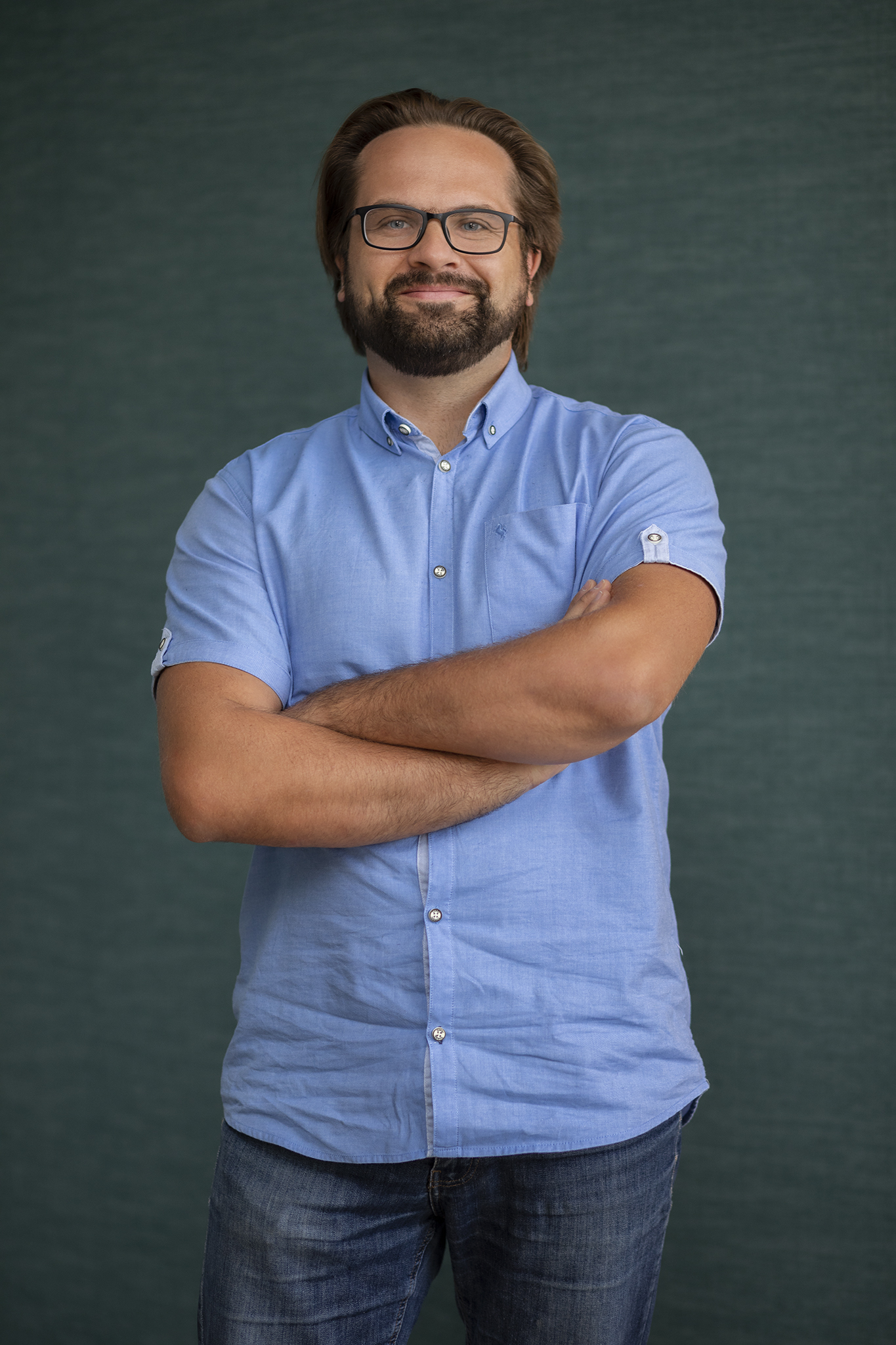
SCADA in RES projects
SCADA in RES projects.
Interview with Mariusz Piotrowski,
Chief of Information Engineering at P&Q
What is SCADA in PV, wind or hybrid projects?
In each of these types of projects, SCADA (Supervisory Control and Data Acquisition) is the software that allows asset management. By “assets” I mean devices and the effects of how these devices work; in this case, also the energy produced and related incomes.
What are its key functionalities? Are there different types of SCADA systems?
They key functionality is the graphical interface which provides the user with information about the object in a clear and safe way. The technological components on display, the indicators, gauges, graphs, reports, alarms making it easier to interpret content provided by the system’s “engine”.
These are, of course, important elements from the point of view of the end user, but do not forget about the integrators (implementation company) which spends long hours on creating the desired effect in the editing tool. The development environment based on today’s standards must support the engineer in a way that gives them the ability to create aesthetic and high quality graphic design, without engaging too much time.
The answer to the second question is both NO and YES. NO – because SCADA is by definition a instrument that is not focused on a particular industry or technological process, and it is the designer/engineer who creates the system that somehow gives it useful features for the selected application. On the other hand, the system’s developer, depending on the prevailing experience of its integrators, already at the stage of creating the tool introduces functionalities that are crucial in a specific industry. As a rule, we can talk about systems created for a variety use (these are especially popular in industrial solutions, or in building management systems) and systems dedicated to a specific industry (e.g. energy).
Is there a broad market of SCADA suppliers? Are there any major suppliers in Poland?
Yes, this market is overly broad and competitive, provided that most integrators (companies implementing SCADA systems) use ready-made solutions created by technology companies, which are also suppliers of complex automation systems (controllers, concentrators, converters, measuring equipment, etc.).
The situation is different when we talk about integrators implementing their own, original solutions; these are relatively few in Poland, in many industries there are usually no more than 2-3 suppliers, focusing on only a few or even one branch of industry.
What is the role of the supplier of wind turbines or inverters in the SCADA implementation process?
Fundamental. Without good cooperation, it is not possible to effectively implement a SCADA system.
Is it possible to imagine a wind or photovoltaic project today without a SCADA?
Such plants, from a technological point of view, contain many devices and are distracted on a relatively large area, so it is practically impossible to operate and manage such objects efficiently without a SCADA system and, more broadly speaking, a telemetry and telecontrol system. Let us also not forget about the needs of the operator of the energy system to which the power source is connected.
What are the most common mistakes? How can you tell a good product from a bad one?
Ultimately, a good product consists of two complementary elements. The first is to have a good tool, i.e. SCADA, and the second is to have an experienced team of integrators with excellent competences. Mistakes or inconveniences present in a SCADA system, as in any other tool, are very often eliminated by the team of integrators who are able to “bypass” some mistakes or lack of functionality to get the desired result.
A bad product is definitely one that is widely unreadable to the end user, a product which operation is complicated and obtaining information from the object requires complicated actions. An important element in this assessment is also the efficiency and capacity to aggregate data, access to current data, historical data and reports, which should be available almost immediately. The worst-case scenario are application crashes and freezes during basic end-user scenarios.
How much time is spent on solution optimization? Is it always safe for the project?
When we talk about optimization, there is the so-called The Deming cycle. Continuous updates and improvements are of course particularly important, however, the economic aspect, i.e., the costs VS returns, should be taken into account. The implementation of a new functionality/optimization that does not bring significant improvement could be called art for the sake of art. The technological aspect is also very important, i.e. it is important to create such a flexible and modular system, which provides space for future development in a way that the introduction of new functionalities does not require tearing down the foundations – if this condition is met then such development can be considered safe.
Are there any not-so-obvious benefits of having SCADA in your plant?
Even the obvious benefits might not seem such for the end users. The main and most important advantage of having the system is the financial savings at the level of operation and maintenance of the facility; I mean by this the identification of failures and optimization and regulation of operation/generation of the facility, as well as the prediction and prevention of adverse conditions (e.g. failures).
What was your biggest mistake during the implementation of SCADA systems in the area of renewable energy sources?
The biggest mistake possible by a SCADA system integrator, whether in the area of RES or others, is making updates to the system under time pressure. Despite the implemented security protocols, time pressure causes an avalanche of serious errors such as lack of backups, no complete environmental tests. Ultimately, the system is not usable, and restoration more unavailability for the Customer. This mistake is typical for inexperienced integrator teams.
Is there a limit to the development of SCADA applications?
Probably yes, but we will not come to it for a long time, besides, new technologies move this border further and further. Personally, I see great hopes in artificial intelligence, especially in the field of reporting and forecasting.
For companies operating in the energy sector, changing regulatory requirements are a major challenge; the energy sector is changing and with it, the supervisory systems needs to change, so as to ensure, for example, a smooth achievement of the next stages of the start-up of facilities, i.e. EON, ION, and FON.
How many RES projects did you participate in and in what capacity?
Throughout almost 20 years of experience with SCADA systems, I had the pleasure to serve many roles in several hundred projects. I mean technical roles that require knowledge in the field of assembly, configuration and commissioning of the facility, project roles that require a creative and planning approach and managerial roles that require a leadership approach.
What is the key to successful implementation?
Well-recognized Customer needs, flawless assignment of roles in the project, flexible software and, above all, thorough knowledge of the process supported by the SCADA system and quick response to investor requirements.
On what kind of values does your team build its success?
Commitment, flexibility, responsibility. All that enriched with the vast experience we want to share with our Customers.

Contact
P&Q
ul. Króla Zygmunta Augusta 24
15-136 Białystok (Poland)
P&Q
ul. Choroszczańska 33
Technic Office P&Q
ul. Jana Sobieskiego 27
81-781 Sopot (Poland)

